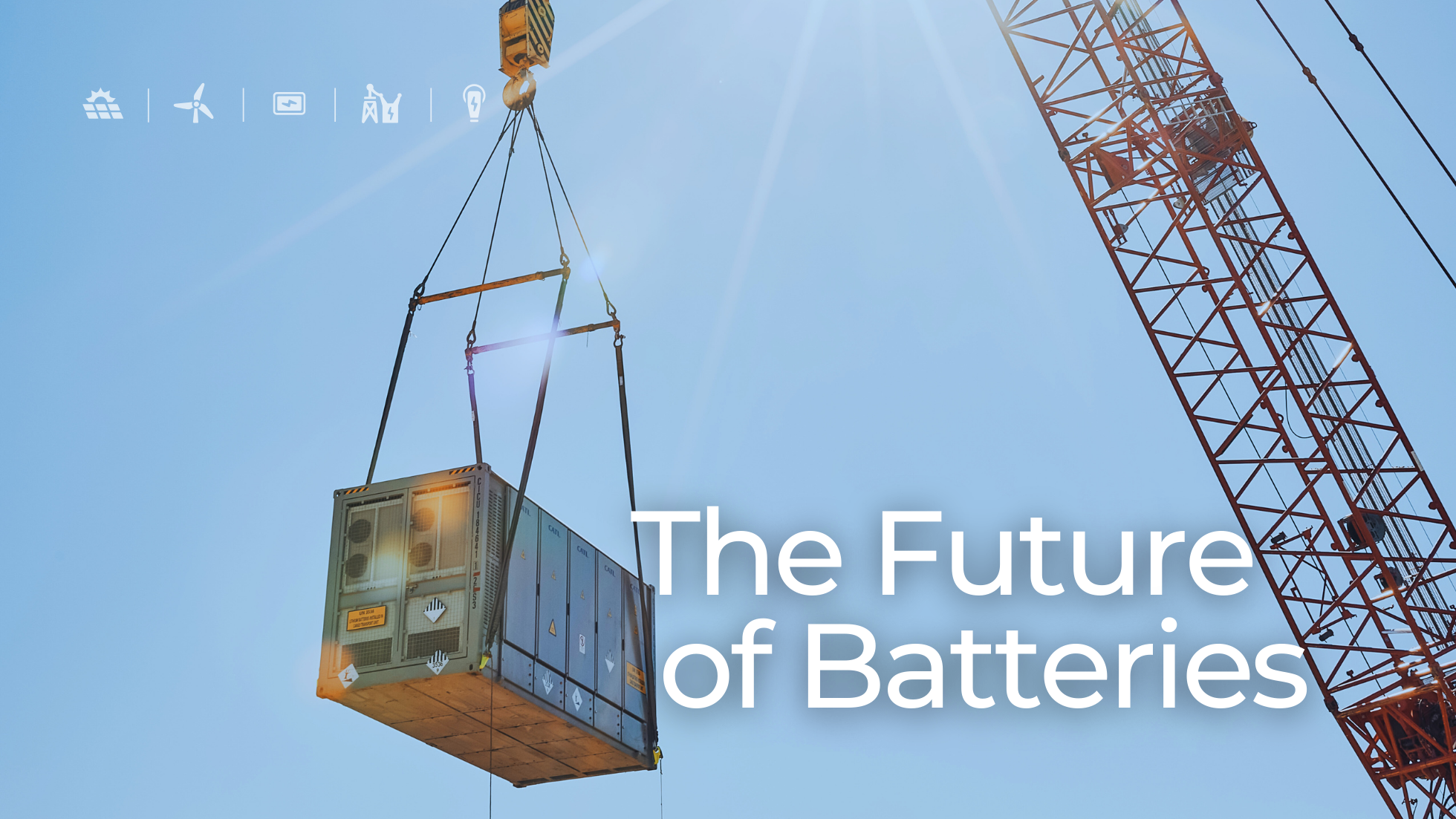Constructing Data Centers that Power Artificial Intelligence (AI) Learn More
The Future of Batteries for Sustainable Energy Storage

As the world transitions to renewable energy, the battery landscape is rapidly evolving— demanding solutions beyond traditional lithium-ion batteries. The next generation of energy storage promises to be smaller, faster, and more efficient, with innovations that address critical challenges like scalability, safety, cost, and resource limitations. These advancements are not just about developing better batteries but are also meant to re-imagine energy storage for a sustainable future.
A glimpse into the new frontier of energy storage
The future of energy storage lies in a diverse portfolio of technologies tailored to specific needs, such as flow batteries for grid-scale storage and thermal energy systems for industrial applications. Here are some of the most promising:
Researchers at MIT have designed a modeling framework that can help speed the development of flow batteries for large-scale, long-duration electric storage on the grid. At the core of these batteries are two large tanks that hold liquid electrolytes, one positive and the other negative. These electrolytes contain dissolved “active species”—molecules that electrochemically react to release or store electrons. The flow of electrons is what powers the grid.
Another important new innovation in electricity storage — the Carnot battery — is being developed at the Institute of Engineering Thermodynamics in Stuttgart, Germany. This battery uses heat pumps to convert solar- and wind-generated electricity into heat that’s stored in salts and converted back into electricity using a steam engine generator. It’s estimated that a Carnot battery with a capacity of 1,000 MWh could provide a stable energy supply for a city of more than 600,000 people. And since it’s made from simple, affordable materials such as water and salt, it’s a more environmentally friendly energy source than conventional batteries.
“We’re seeing exciting innovation in energy storage solutions,” says Dominic DiMare, Principal, BEI Construction. “Continued innovation and strategic investment will lead to greater efficiency, scalability, and affordability. “By embracing emerging technologies, we will be able to create resilient energy infrastructures that accelerate the global shift to renewable energy while achieving long-term sustainability goals.”